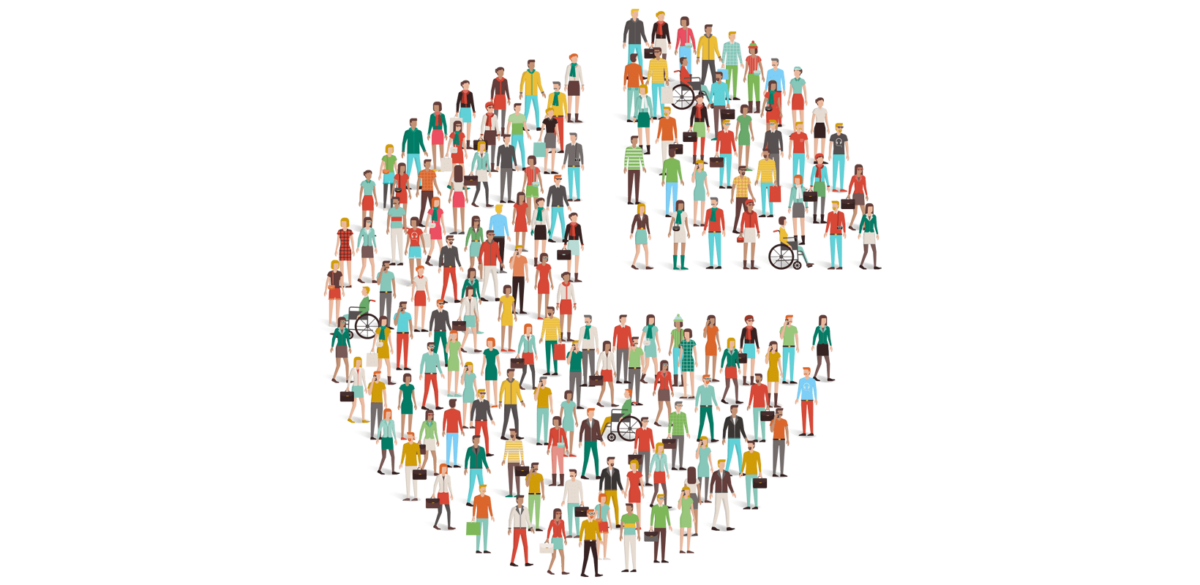
Nonprofits work to address society’s most pressing issues such as poverty, access to healthcare, and providing quality education in underserved communities. By adopting a nonprofit data culture, organizations can make the most targeted impact in the communities they serve. They can also better communicate that impact to donors, nonprofits need to truly embrace data analytics. This article will explore how nonprofits can adopt an enduring data culture.
1. Training Staff To Work With Data
The best way to start is to find the “data champions” already working for you. These might be younger, more tech-savvy members of established teams. Evaluating their skills and expertise should give you an idea where there are gaps in your organization’s analytical abilities. The next step is to hire data analysts to become the core of your organization’s analytical team. They will handle the heaviest, most data-intensive assignments. The most difficult task is raising the “Data IQ” of other people in your organization. Your newly hired data analysts can work with your data champions to groom them for technical responsibilities. You can use this new expanded analytical team to hold training sessions for your broader workforce, teaching them the basics of good analytics and how to create compelling data dashboards.
2. Better Decisions with Data
Making better decisions with data requires an effective analytical framework within your nonprofit data culture. The following framework is a great starting point:
Determine the question you’re trying to answer: Create a clear action statement. Maybe you’re trying to determine if a certain type of housing voucher can reduce homelessness, for example.
Determine if you can trust the source of your data: It might be data you collected yourself, government statistics, or a dataset used by peer organization.
Apply an analytical framework: This could be a regression or other statistical analysis.
Evaluate your findings: Check if your findings make sense. Use nonprofit data from peer institutions to double-check your findings. Have another internal team use the data and see if they reach the same conclusion. It’s critical to assess your findings before committing resources to an action plan.
Create an action plan: Put your findings to work. If analysis shows that a certain type of housing voucher does reduce homelessness, encourage the homeless people you serve to apply for that program and dedicate volunteers accordingly.
3. Privacy and Security
Being a data-driven organization offers significant benefits but poses new challenges. First, analyzing data means effectively warehousing that data for later review. Warehousing data exposes nonprofits to risk because they then become responsible for securing raw data containing personally identifying information, or “PII”. Nonprofits need to develop the cybersecurity expertise to ensure they don’t become an attractive target for hackers. PII is valuable to hackers and nonprofits are unlikely to have the security in place to protect their data. In addition, nonprofits need to make sure they “wash” the data they use for published research so the people they serve can’t be identified.
4. Measuring Impact
There are internal and external metrics nonprofits can use to measure impact. Internal metrics will vary depending on your mission. A nonprofit focused on serving homeless people might look at the number of people it successfully moves to a shelter each quarter and a “conversion” rate of those who seek job training. A nonprofit focused on homelessness might also evaluate in its annual report how many homeless people it can feed per donated dollar. External metrics might involve benchmarking those internal metrics against peer institutions or against a pool of nonprofits with the same mission. These metrics are a powerful tool to measure impact and convince donors that their money is being well spent.
Nonprofit data culture and effective analytical processes are critical to making a lasting impact. Nonprofits need to become champions of data to serve their communities and communicate that impact in their end of year reports. With the right training and institutional support, nonprofits can become even more powerful champions for change.
Learn more about data and content with our free Annual Report Prep Guide.
Download the Free Prep Guide“>